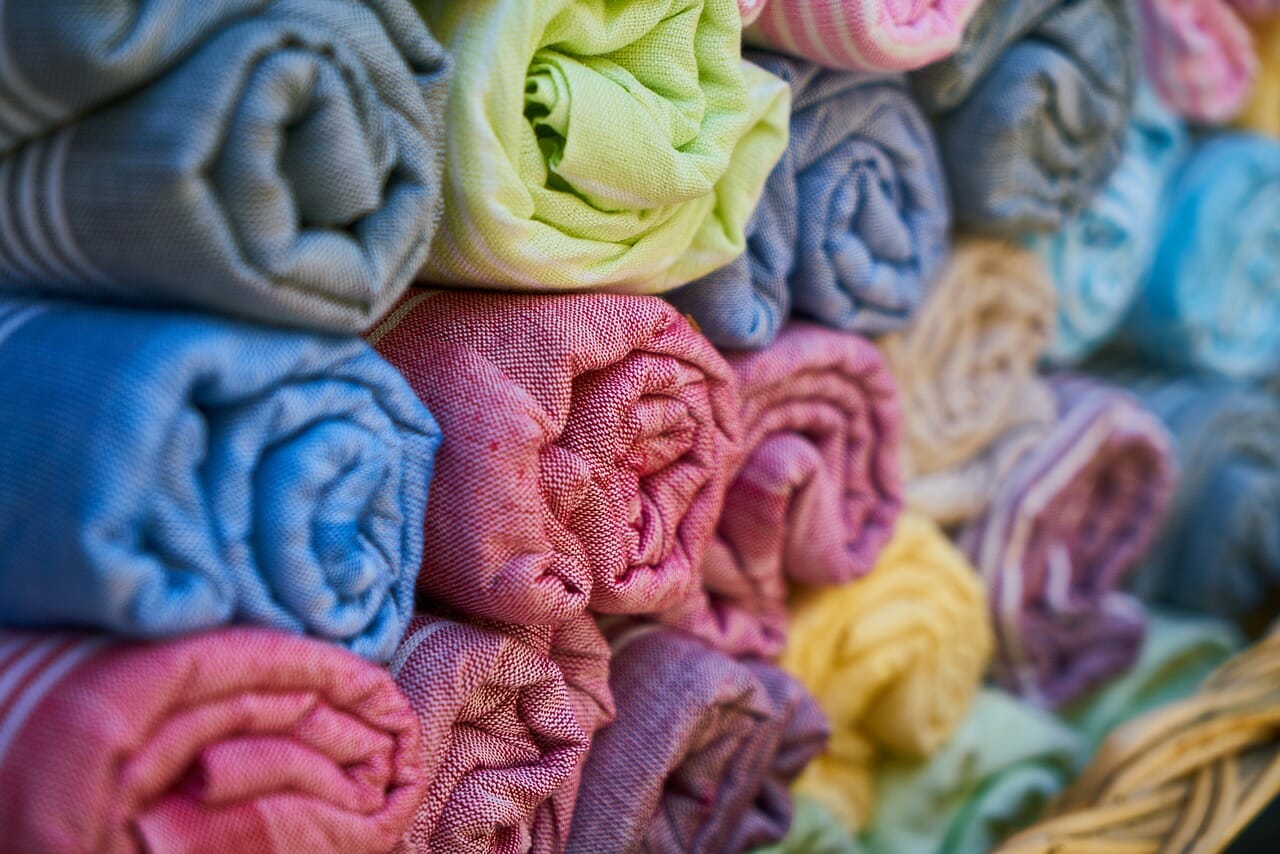The relentless quest for improvement within the textile sector has given rise to significant advancements, particularly in fabric quality and functionality. Among these, innovative moisture management techniques have emerged as pivotal in enhancing the wearability, durability, and overall performance of textiles. By embracing cutting-edge technologies and materials, the industry is now poised to offer garments that not only fulfill but surpass consumer expectations in comfort, adaptability to various climates, and longevity.
The Science Behind Moisture Management
The fundamental principle of moisture management in textiles lies in a fabric’s capacity to transfer moisture from the skin to its exterior for evaporation. This capability is vital for maintaining the wearer’s comfort, especially during physical exertion or in warmer climates. The underlying science encompasses a synergy of fabric composition, structural design, and finishing processes. Together, these factors enable the creation of textiles that absorb moisture swiftly, distribute it evenly across the surface, and facilitate quick drying.
In the realm of moisture management, the role of fabric structure cannot be overstated. Fabrics with open weave or knit patterns enhance air circulation, contributing to faster drying times. The surface treatment of fabrics to include moisture-wicking properties ensures that sweat is not just absorbed but actively moved away from the skin, keeping the wearer dry and comfortable.
Innovative Materials and Technologies
The evolution of moisture management has been significantly influenced by the advent of new materials and technological innovations. Synthetic fibres, such as polyester and nylon, have been at the forefront, engineered to possess hydrophobic properties on their external surfaces and hydrophilic qualities internally. This unique configuration facilitates efficient moisture wicking, effectively drawing perspiration away from the body and expelling it.
Additionally, advancements in nanotechnology and the development of microfibres have propelled moisture management systems to new heights. These innovations have led to the production of textiles that not only manage moisture more effectively but also retain their functionality and comfort over time, even after numerous wash cycles. The result is a generation of fabrics that are not only more comfortable and effective at moisture management but also more durable and resilient.
Environmental Impact and Sustainability
The textile industry’s move towards sustainability has also encompassed the development of moisture-managing fabrics. Efforts are concentrated on minimising the environmental impact of these textiles through the utilisation of recycled materials and environmentally friendly production techniques. The enhanced durability and extended lifespan of moisture-managed textiles further contribute to environmental sustainability by reducing the frequency of garment replacement.
This shift towards sustainability is not without its challenges. The industry must navigate the balance between creating high-performance moisture-managing fabrics and adhering to sustainable practices. However, the potential environmental benefits of these innovations, including reduced water usage and lower carbon emissions, are driving the industry towards more eco-conscious manufacturing methods.
Health and Comfort Benefits
The advantages of advanced moisture management extend beyond mere comfort, offering significant health benefits. By preventing the accumulation of moisture on the skin, these fabrics help to ward off skin irritations and infections that can arise from prolonged dampness. The result is a healthier skin environment and a more comfortable experience for the wearer, irrespective of the activity level or ambient conditions.
The temperature-regulating properties of these textiles contribute to enhanced physical performance. Athletes and outdoor enthusiasts, in particular, benefit from garments that can help maintain an optimal body temperature, thereby improving endurance and reducing the risk of heat-related stress or discomfort.
The Role of Testing and Standardization
Accurate testing and standardization are critical for ensuring the quality and effectiveness of moisture management in textiles. Precise measurement tools, such as Karl Fischer titrators, play a crucial role in determining the moisture content of fabrics, establishing a standard against which performance can be gauged. This rigorous testing ensures that products consistently meet high standards, instilling confidence in consumers regarding the quality of their purchases.
The establishment of industry-wide standards for moisture management also aids manufacturers in benchmarking their products against competitors. This not only fosters a culture of continuous improvement but also helps to elevate the overall quality of textiles available in the market, benefiting both consumers and the industry at large.
Consumer Trends and Preferences
The rising demand for textiles equipped with advanced moisture management reflects a broader shift in consumer preferences. Modern shoppers are increasingly seeking garments that offer a blend of style and functional benefits. This trend has particularly bolstered the popularity of activewear and performance apparel, as individuals across various age groups and lifestyles recognise the value of fabrics that can enhance comfort and performance.
To stay relevant in this dynamic market, manufacturers must remain attuned to these evolving consumer preferences. Offering a range of products that cater to the diverse needs and expectations of today’s consumers is key to capturing and retaining market share in the competitive textile industry.
Challenges and Opportunities
Navigating the complexities of moisture management presents both challenges and opportunities for the textile industry. Achieving the optimal balance of performance, comfort, aesthetic appeal, and affordability remains a daunting task. Yet, these challenges also drive innovation, pushing the boundaries of what is possible in fabric technology.
The ongoing quest for new materials, improved manufacturing processes, and smarter textile designs opens up a world of possibilities. As the industry continues to innovate, the future of moisture management looks bright, with potential breakthroughs on the horizon that could further transform the capabilities and applications of textiles.
The Future of Fabric Technology
The future of fabric technology holds exciting prospects, particularly with the advent of smart textiles. These innovative materials, capable of integrating sensors and other electronic elements, promise to revolutionise moisture management. By offering real-time adjustments to a garment’s properties based on the wearer’s environment and activity, smart textiles could provide unprecedented levels of personal comfort and performance enhancement.
As research and development in this area continue to advance, the potential for integrating these smart functionalities into everyday garments becomes increasingly tangible. This could herald a new era of textile innovation, where fabrics not only manage moisture effectively but also adapt to the wearer’s needs in real-time, offering a truly customised apparel experience.
Wrapping Up
The journey towards refining textile quality and performance through innovative moisture management is marked by continuous evolution. As the industry forges ahead, the emphasis on sustainability, consumer satisfaction, and technological progress will remain central to its advancement. The innovations in moisture management not only represent a leap forward in fabric technology but also reflect a deeper commitment to meeting the nuanced needs of consumers and the planet.




